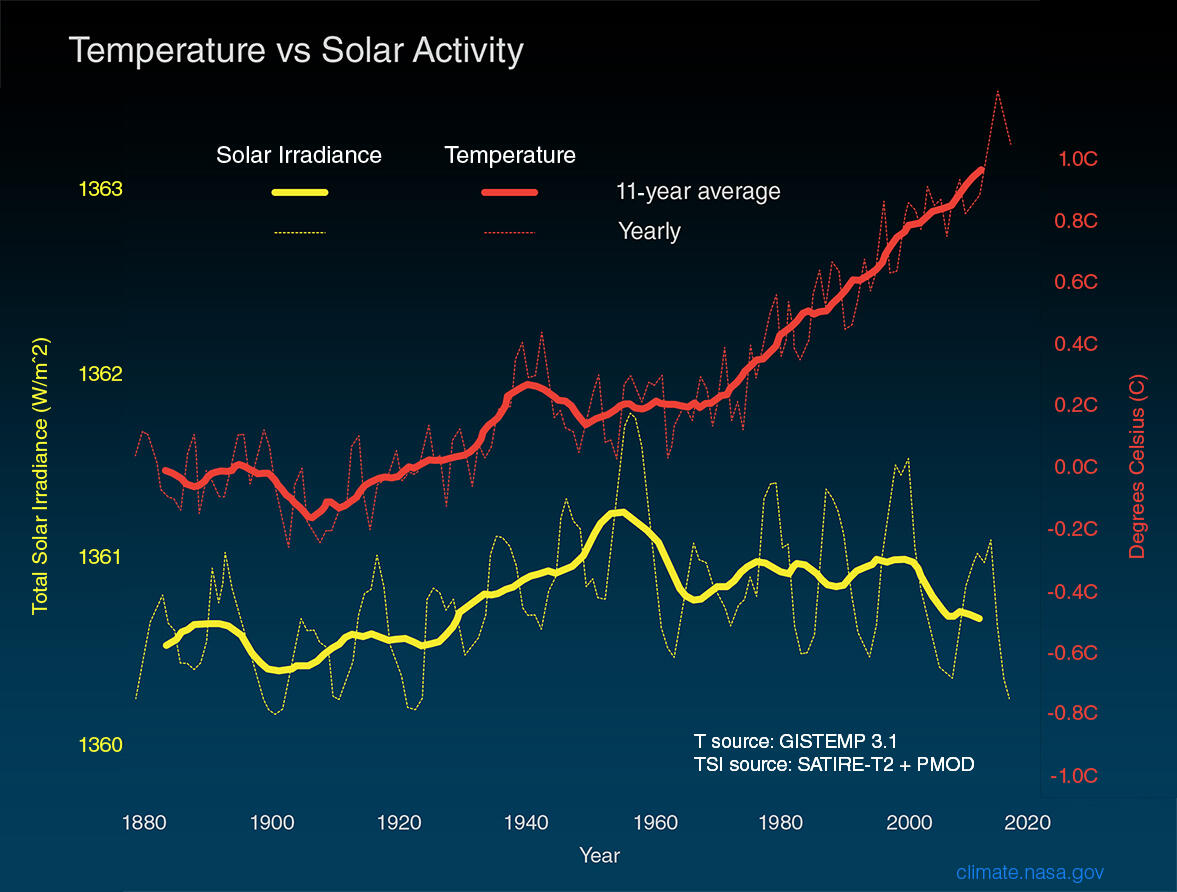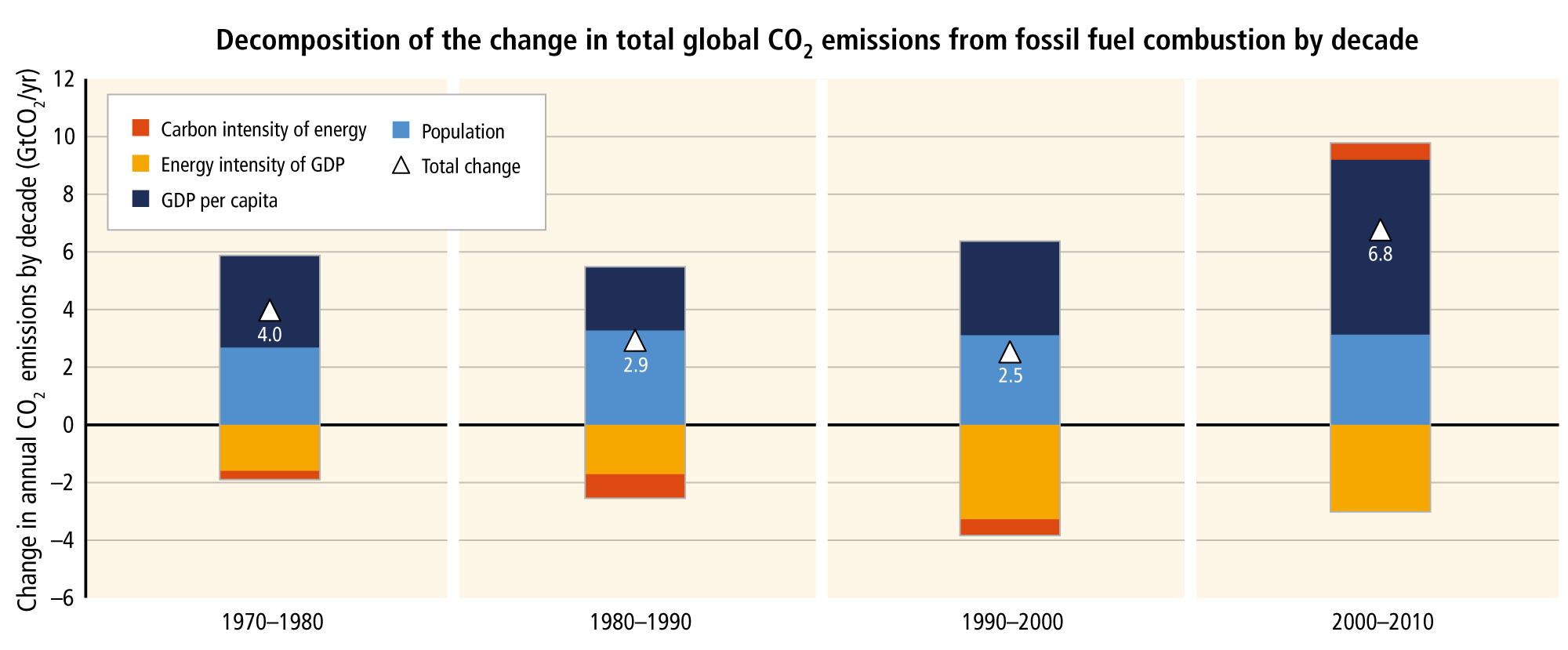Introduction
The topics of weather and climate are increasingly addressed at international meetings and summits and cause concern not only among environmentalists but also ordinary citizens. The modern consequences of high anthropogenic activities, fluctuations in natural cycles, and other factors have led the topic of climate change to be widely discussed and alarming. There is no doubt that weather on the planet is becoming less favorable constantly because all the types of biological and astrological tests prove an irreversible process of changes. In addition to visual and written observations, this climatic feature may be considered by using appropriate physical formulas and equations, confirming the tendency to natural shifts. On the example of specific situations and influences on individual areas of life, this topic will be analyzed. While taking into account the results of the study, one can assume that from a social perspective, climate change is a dangerous phenomenon that affects different spheres of life.
Variables to Take into Account
In order to prove the real trend of climate change, it is necessary to consider special factors to draw specific conclusions. First of all, Burke, Dykema, Lobell, Miguel, and Satyanath (2015) suggest paying attention to historically determined prerequisites for weather shifts. For this purpose, the authors use a linear function where the variables of a geographical location (yi), covariates (xi), and an error term (ei) are key (Burke et al., 2015). This formula determining the dynamics of climate change in a particular region is as follows:
yi = α + f(ci) + δxi + εi
Another similar function can help display climate change in the context of the simplest indicators, in particular, temperature and precipitation conditions. Burke et al. (2015) give a formula in which the climate variable is calculated by the sum of the temperature (T) and precipitation (P) parameters, and a special variable β displays historically recorded data. Burke and Emerick (2016) also resort to this function and note that the analysis of areas in which temperature conditions are relatively stable require reliable and accurate data to obtain the most objective results. The principle of calculation is simple, and the formula is as follows:
f(ci) = β1Ti + β2Pi
Climate Change Effects in Numerical Equations
Climate change is a phenomenon that affects a number of important natural parameters, in particular, humidity levels and daily average temperatures. Kjellstrom, Freyberg, Lemke, Otto, and Briggs (2018) argue that temperature increase is a confirmed process, and the formula they give allows proving this. The authors use the variables of vapor pressure (VP), average temperature (Tmean), and dew point temperature (Td) (Kjellstrom et al., 2018). The equation used to calculate vapor content in the air is as follows:
VP(Tmean) = 0.611 x 10(7.5 x Td / 237.3 + Td)
In addition to vapor content, temperature increase is an important aspect of climate change. Despite the fact that solar activity is often associated with the growth of this indicator, these variables are not directly proportional. Conversely, as can be seen in Figure 1, a decrease in the intensity of solar irradiance leads to an increase in temperature on the planet, which has been observed particularly clearly in the past half century (“Temperature vs. solar activity,” 2019). As a result, a detailed graph allows verifying the stable dynamics of warming.

Air condition is another relevant topic that is discussed in the context of the phenomenon of climate change. Silva et al. (2017) consider fine particle matter designated as PM2.5 and note that this parameter is high due to numerous harmful impurities, in particular, black carbon (BC), OA (organic aerosol), and other chemical components. The PM2.5 calculation formula for determining air pollution is as follows:
PM2.5 = BC + OA + SO4 + SOA + NH4 + 0.25 × SS + 0.1 x Dust
Social Perspectives of Climate Change
In the context of human exposure, climate change has a significant effect. According to Gillard, Gouldson, Paavola, and Van Alstine (2016), this phenomenon has potentially negative consequences for social, political, economic, healthcare, and other areas. Moreover, despite the efforts of the boards involved to minimize the harmful effects of high anthropogenic activities, the outcomes are not encouraging. For instance, as Van den Bijgaart, Gerlagh, and Liski (2016) state, “responsive climate policy reduces the marginal costs of emissions on average by 40%” (p. 89). This figure is particularly small when assessing the situation from the perspective of a continuous increase in the planetary population. In Figure 2, a chart is presented, which shows the ratio of CO2 emissions from fuel burned, population growth, and financial opportunities (“Global CO2 emissions,” 2019). If urgent and effective measures are not taken, the tendency to worsen the situation will continue.

Conclusion
Climate change is a dangerous and, at the same time, inevitable natural phenomenon that has a negative impact on different areas of life and can be exacerbated if current measures are not taken. By means of relevant physical formulas and equations, one can find out how exactly and what weather shifts occur. These relationships allow understanding a real picture and assessing potential threats. In a social context, climate change creates difficulties in various fields and may have a negative effect on public health.
References
Burke, M., Dykema, J., Lobell, D. B., Miguel, E., & Satyanath, S. (2015). Incorporating climate uncertainty into estimates of climate change impacts. Review of Economics and Statistics, 97(2), 461-471. Web.
Burke, M., & Emerick, K. (2016). Adaptation to climate change: Evidence from US agriculture. American Economic Journal: Economic Policy, 8(3), 106-140. Web.
Gillard, R., Gouldson, A., Paavola, J., & Van Alstine, J. (2016). Transformational responses to climate change: Beyond a systems perspective of social change in mitigation and adaptation. Wiley Interdisciplinary Reviews: Climate Change, 7(2), 251-265. Web.
Global CO2 emissions from fossil fuel combustion. (2019). Web.
Kjellstrom, T., Freyberg, C., Lemke, B., Otto, M., & Briggs, D. (2018). Estimating population heat exposure and impacts on working people in conjunction with climate change. International Journal of Biometeorology, 62(3), 291-306. Web.
Silva, R. A., West, J. J., Lamarque, J. F., Shindell, D. T., Collins, W. J., Faluvegi, G.,… Zeng, G. (2017). Future global mortality from changes in air pollution attributable to climate change. Nature Climate Change, 7(9), 647-651. Web.
Temperature vs. solar activity. (2019). Web.
Van den Bijgaart, I., Gerlagh, R., & Liski, M. (2016). A simple formula for the social cost of carbon. Journal of Environmental Economics and Management, 77, 75-94. Web.